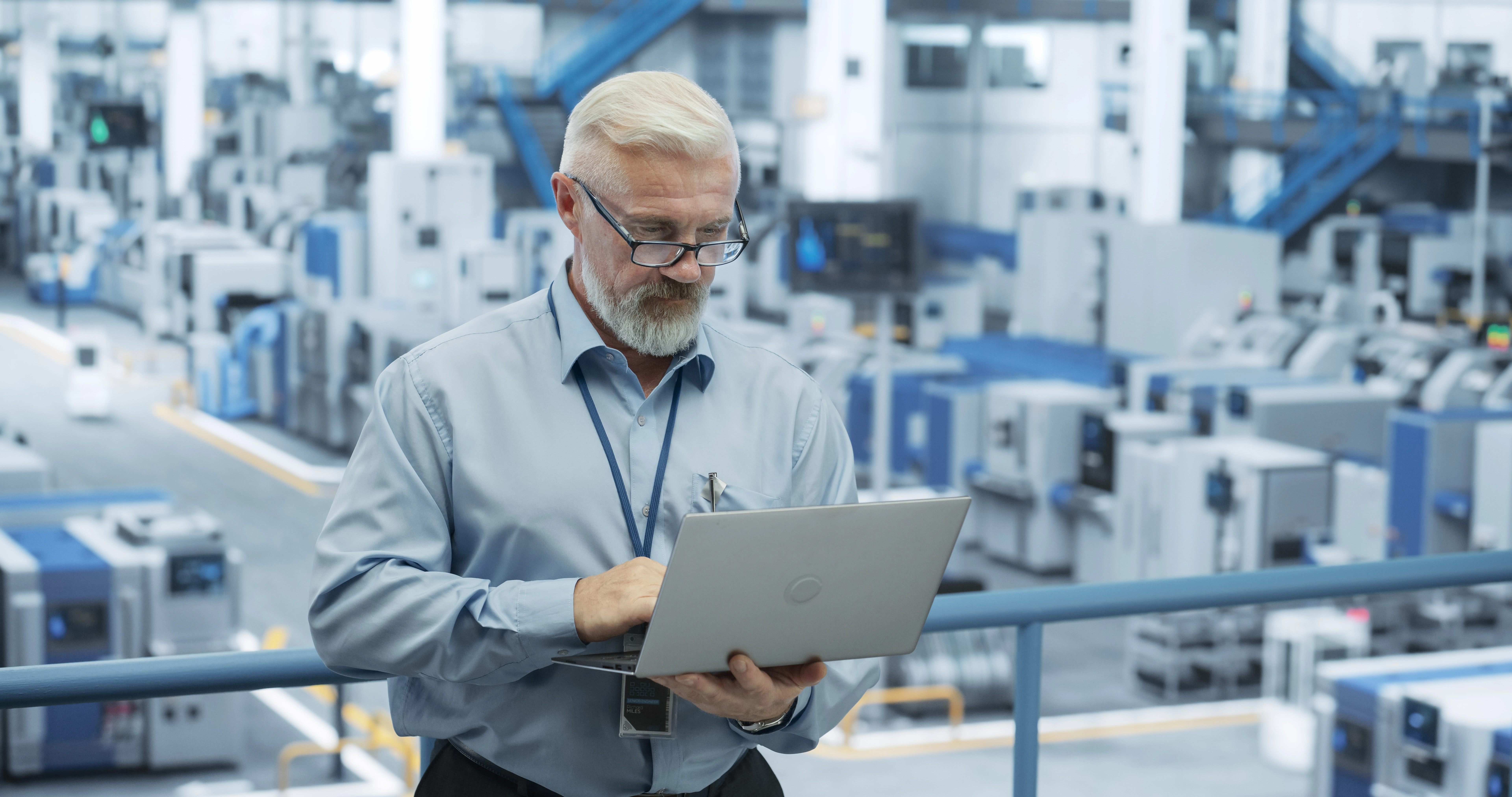Modern CX Strategies for B2B Commerce
May 30, 2024 • 3 Minute Read • Thomas John, Commerce Practice Lead


Business-to-business buyers aren't who they used to be. They've been influenced by the convenience of Amazon's one-click magic, expecting the same digital autonomy and control they’ve grown accustomed to in their consumer lives.
For manufacturers and distributors, the game has changed. Adopting self-serve dynamics means enabling customers to research, evaluate, purchase, and manage orders without relying on a sales representative or customer service at every step.
Every time a customer must call support, wait for a quote, or navigate complex approvals, it creates friction. And friction can kill momentum and deals. Today’s B2B buyers increasingly won’t tolerate slow or clunky processes (or they do so reluctantly and your customer satisfaction plummets).
Given buyer preferences, why has B2B self-serve lagged so far behind business-to-consumer (B2C)? It's because B2B is inherently more complex. Here's why:
In summary, these reliances have contributed to the slower adoption of self-service functionality.
Today's B2B buyer expects better. Demand is rising, and now there's a golden opportunity for your business to gain a competitive advantage by giving your customers the speed, control, and convenience they want.
Successful self-service implementation in a B2B environment requires looking beyond isolated features and considering how customer needs evolve across the entire journey. From the earliest stages of research to post-purchase support, each touchpoint presents an opportunity to reduce friction, empower buyers, and improve efficiency.
Below, we break down the key areas of the B2B customer experience ripe for self-service transformation and the capabilities that can drive impact at each stage.
At this stage, customers are identifying needs, comparing options, validating requirements, and exploring potential solutions.
Potential Self-Serve Opportunities:
Buyers place quotes or orders, often involving internal coordination across multiple departments, roles, and approval or compliance workflows.
Potential Self-Serve Opportunities:
After the sale, customers want seamless support, access to records, and tools for updates and continued engagement.
Potential Self-Serve Opportunities:
Building a self-service experience in B2B isn't a plug-and-play task. Charting a path toward scalable self-serve capabilities requires a structured, cross-functional approach and planning.
Today’s B2B buyers want to be in control and choose how they interact, whether face-to-face, through a remote rep, or by handling things themselves online. That's why a hybrid, agile sales approach, supported by technology and optimized for a remote-first environment, is becoming essential. The outperformers in B2B are thriving because they're choosing innovative technology to support this flexibility.
Here's how to navigate the complexity with confidence.
Modern B2B buyers expect more autonomy. They want to find answers, compare options, check pricing, and place orders without chasing down a sales rep or waiting days for a quote.
If your customer experience still depends on endless email threads, outdated portals, or a "talk to sales" button as the single call-to-action, you're frustrating the buyer and risking losing them to a competitor that delivers on today's expectations.
Let's be clear: Self-service isn't about replacing people. It's about removing the friction buyers don't want, so your team can focus where it counts.
And while B2B is more complex, that complexity is exactly why thoughtful self-service design creates value and delivers better business outcomes.
Start small and think big. Make it easier for your customers to choose you every time.
Have questions? Our commerce team is here to help you make your next move with the right tools and digital strategy.
